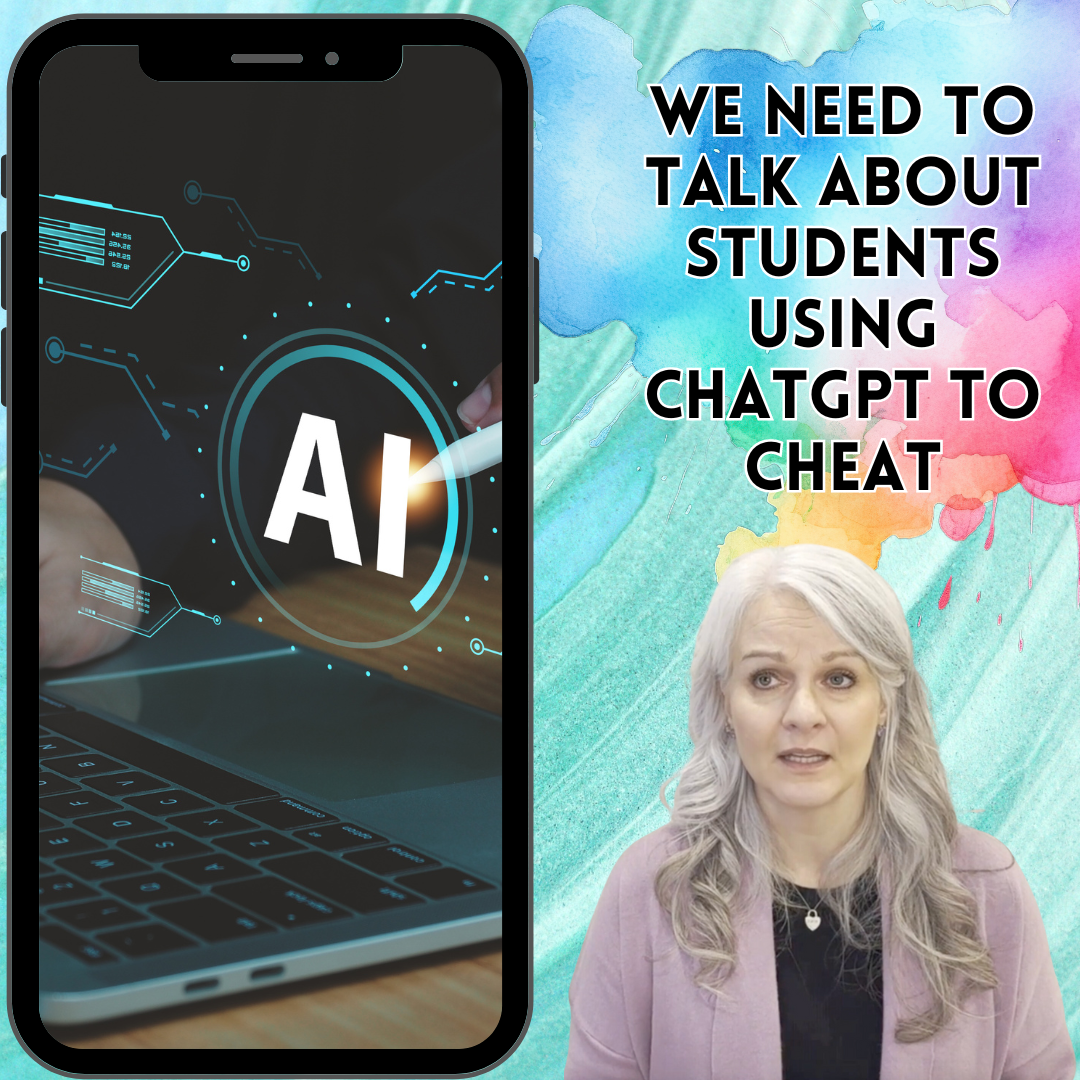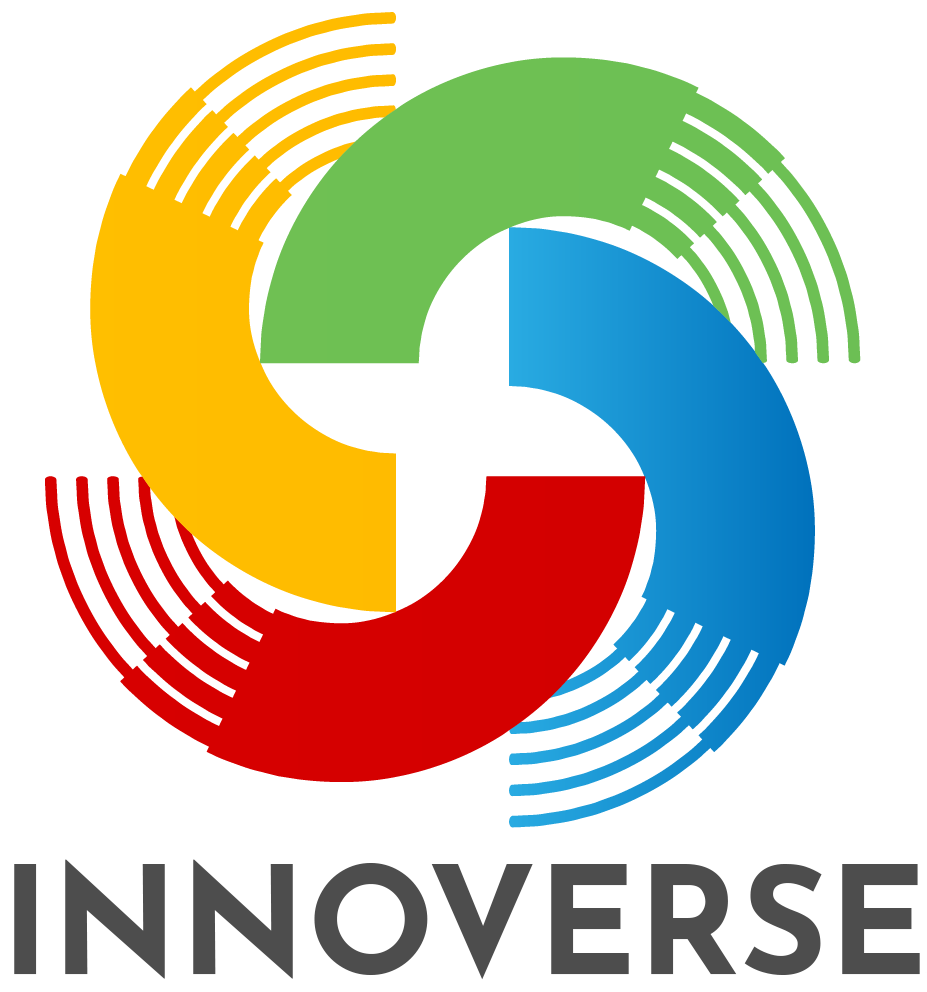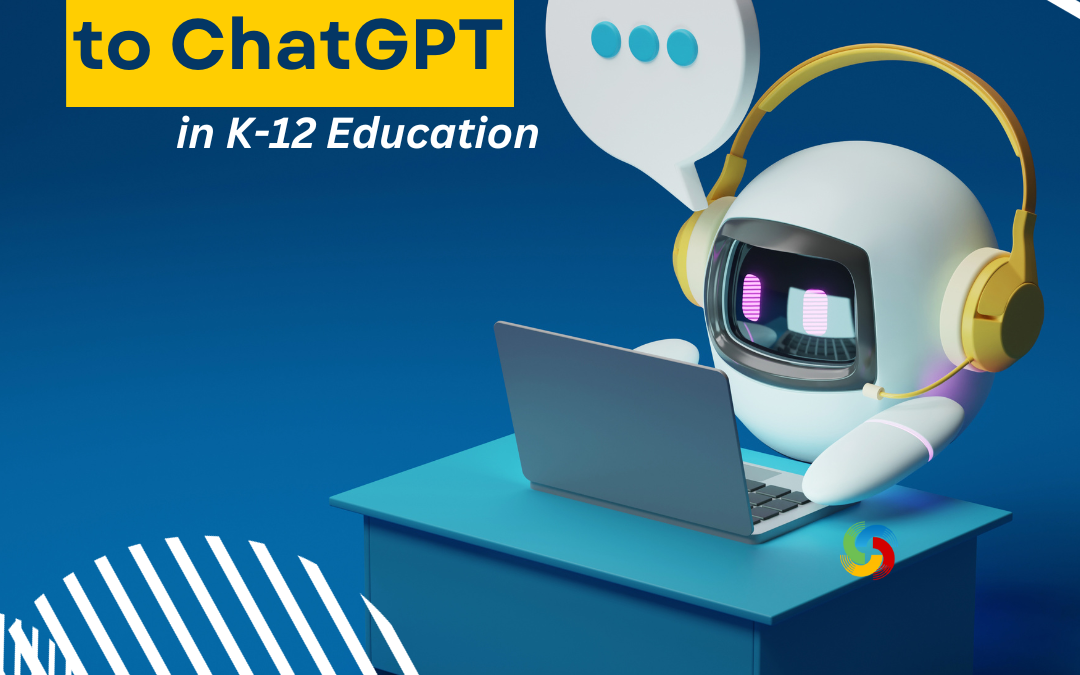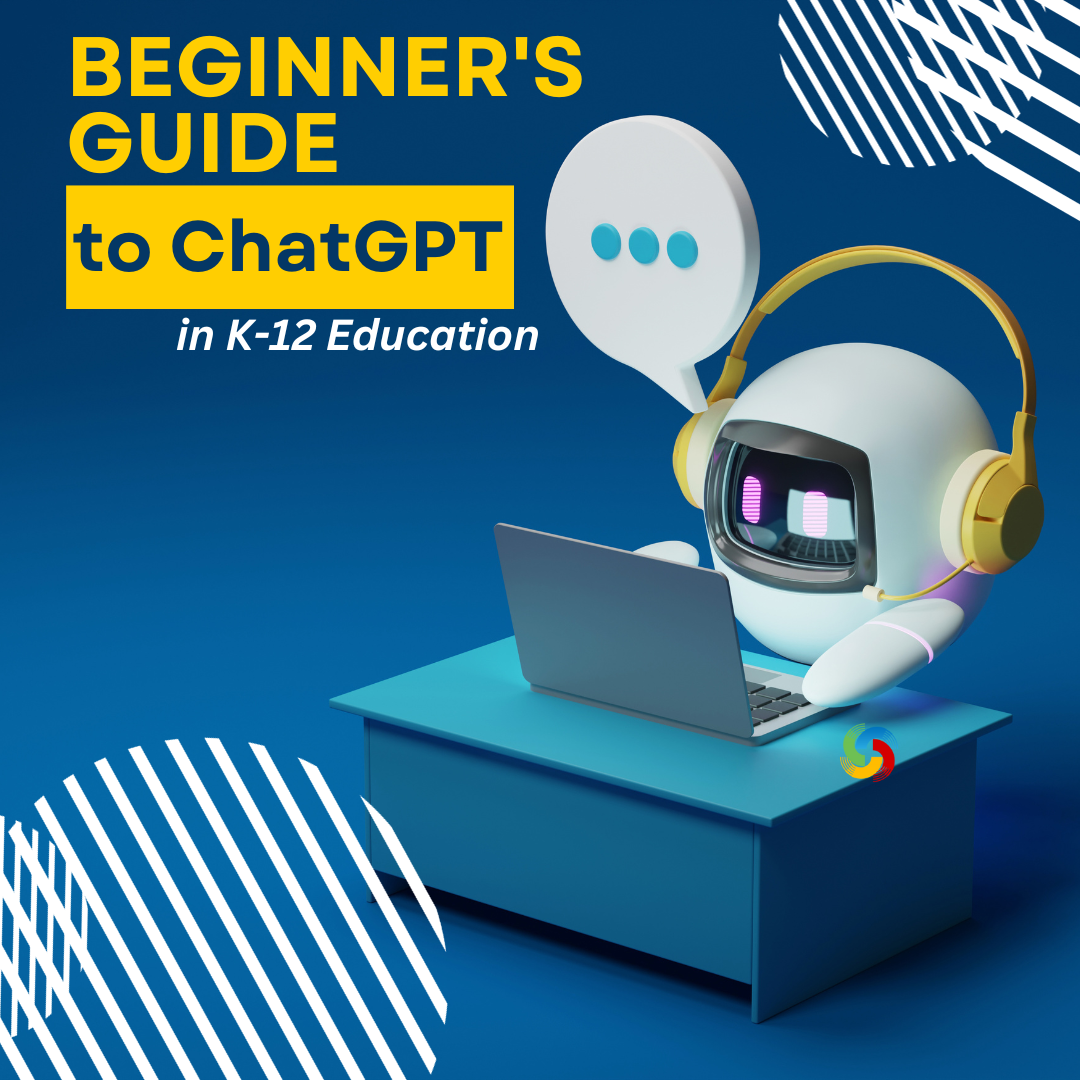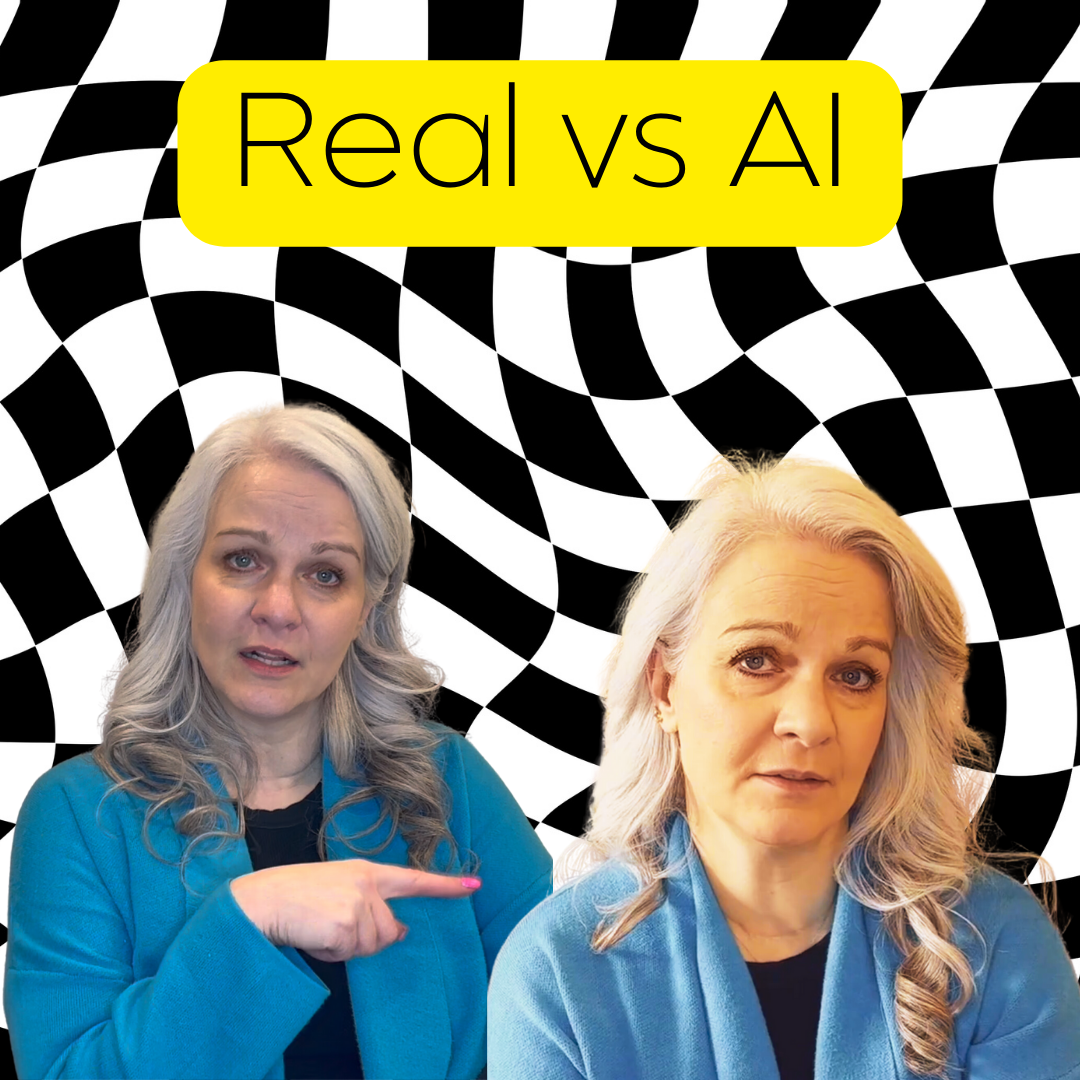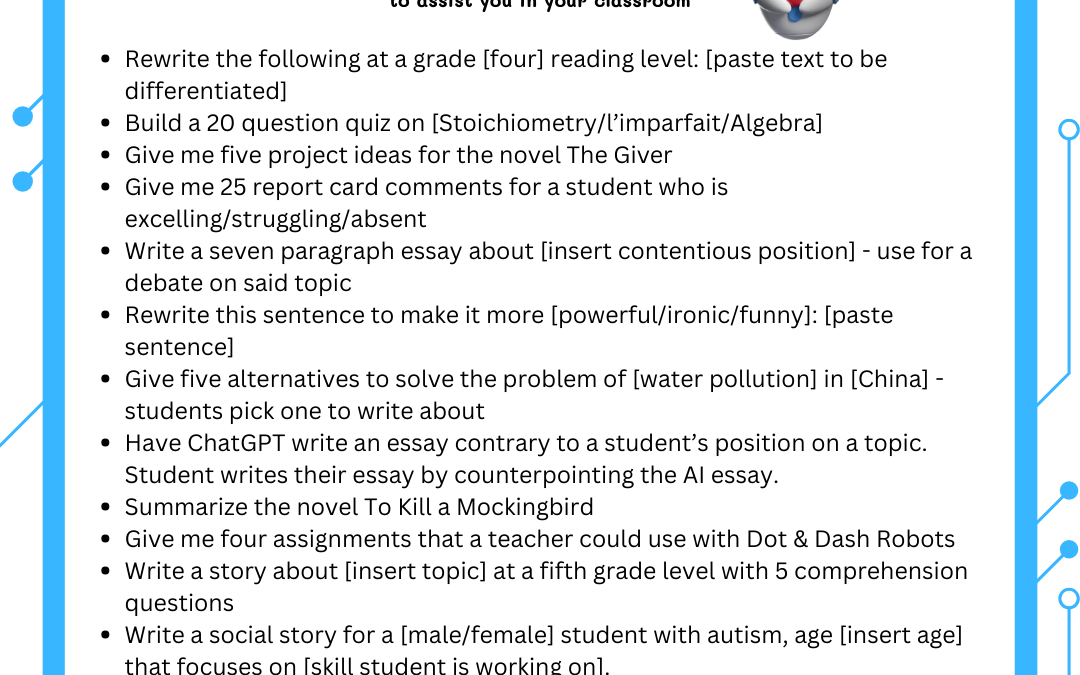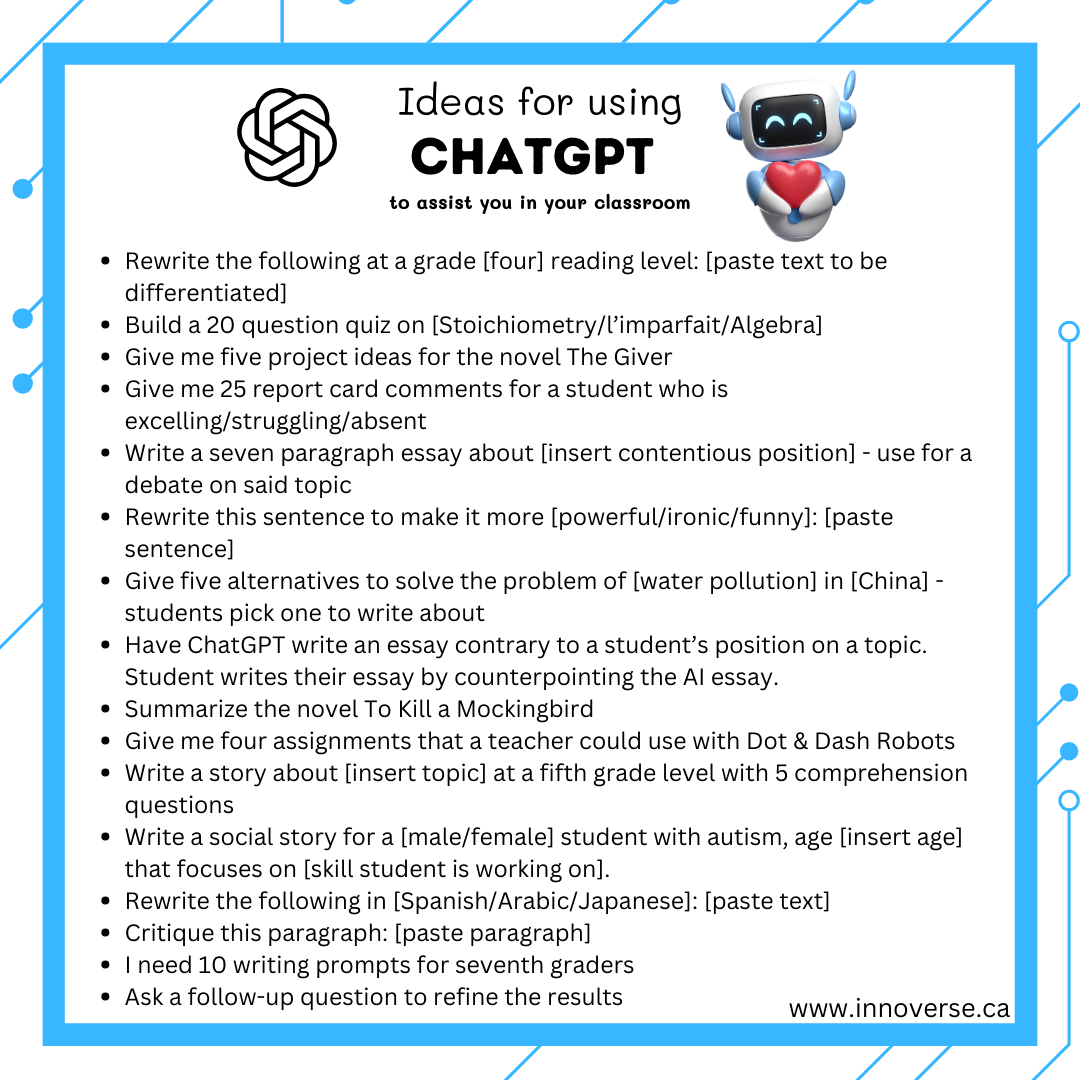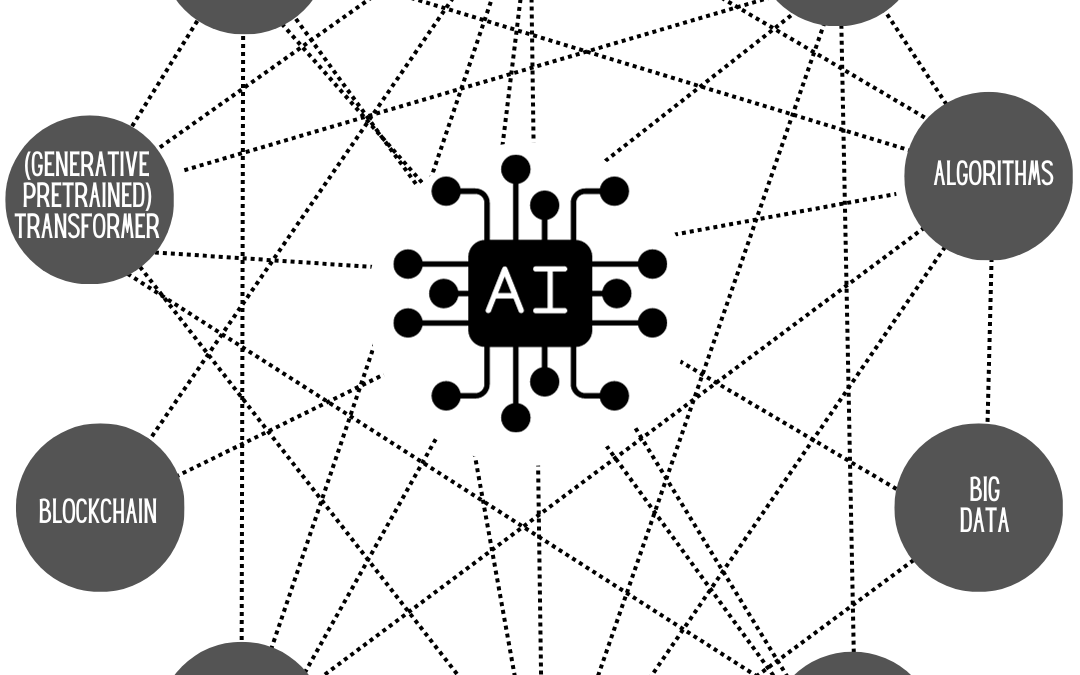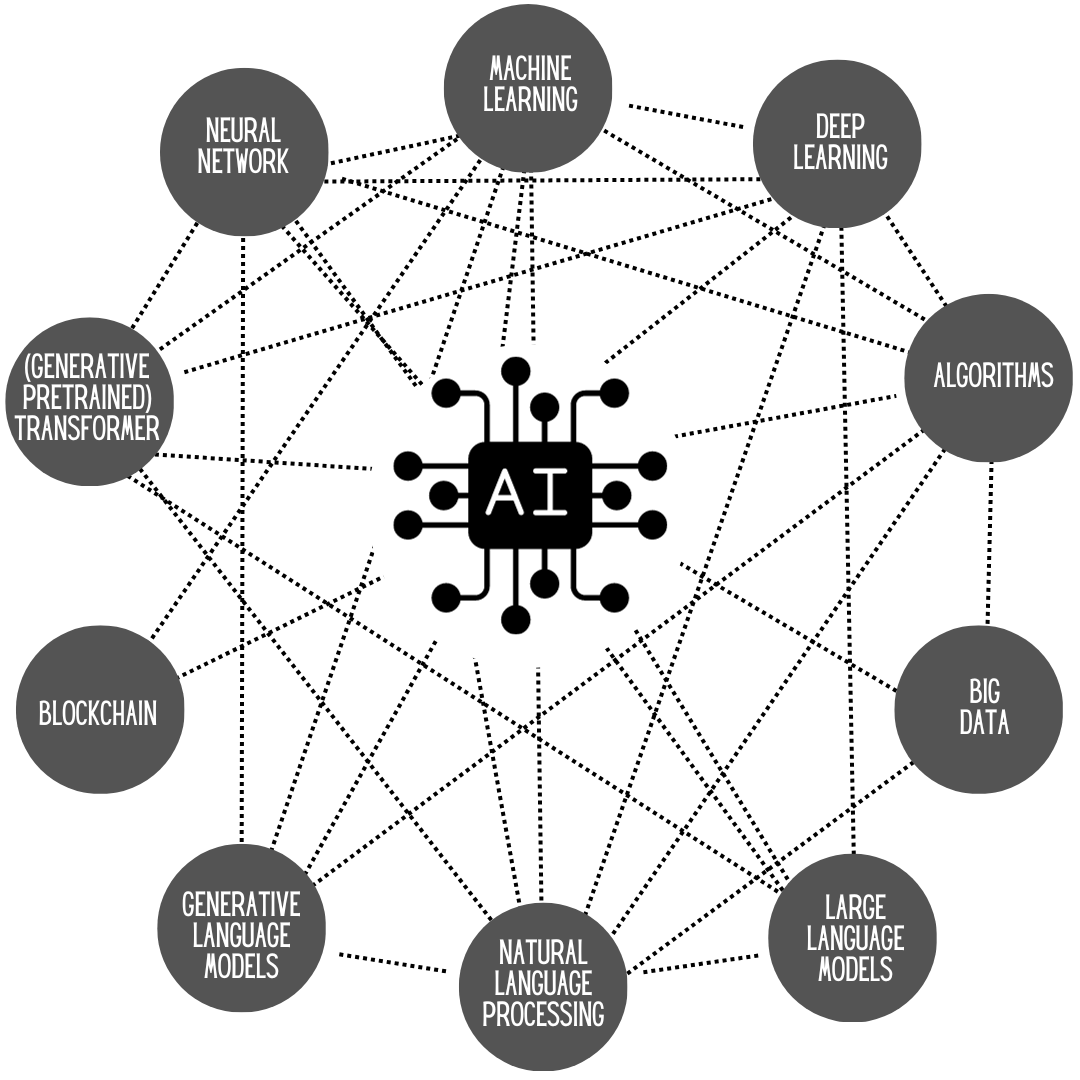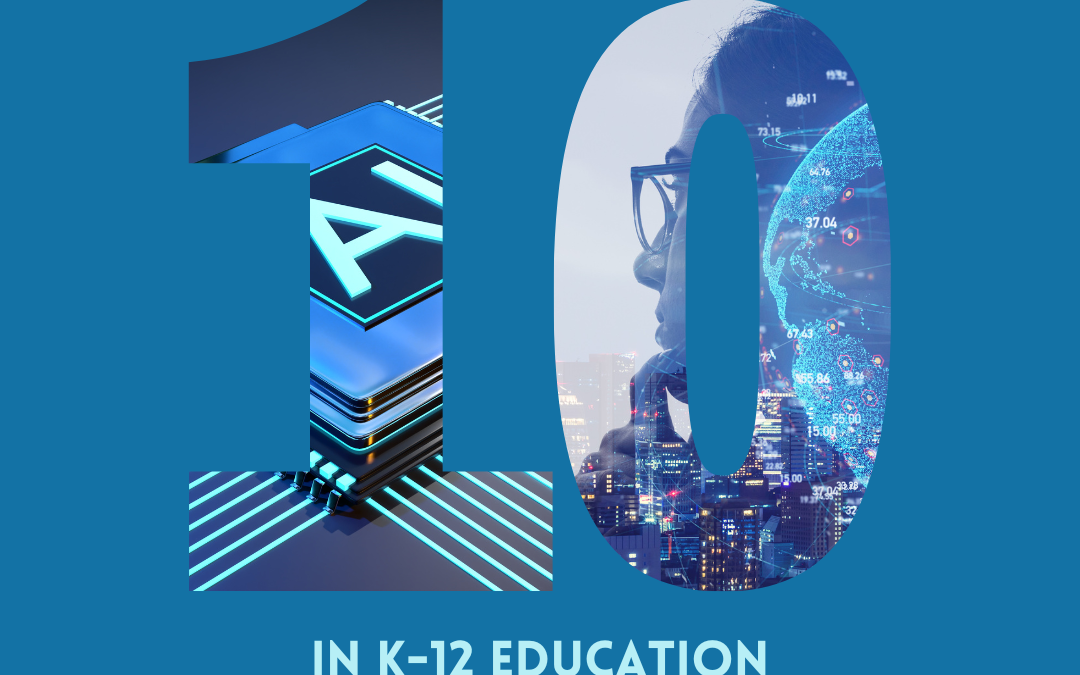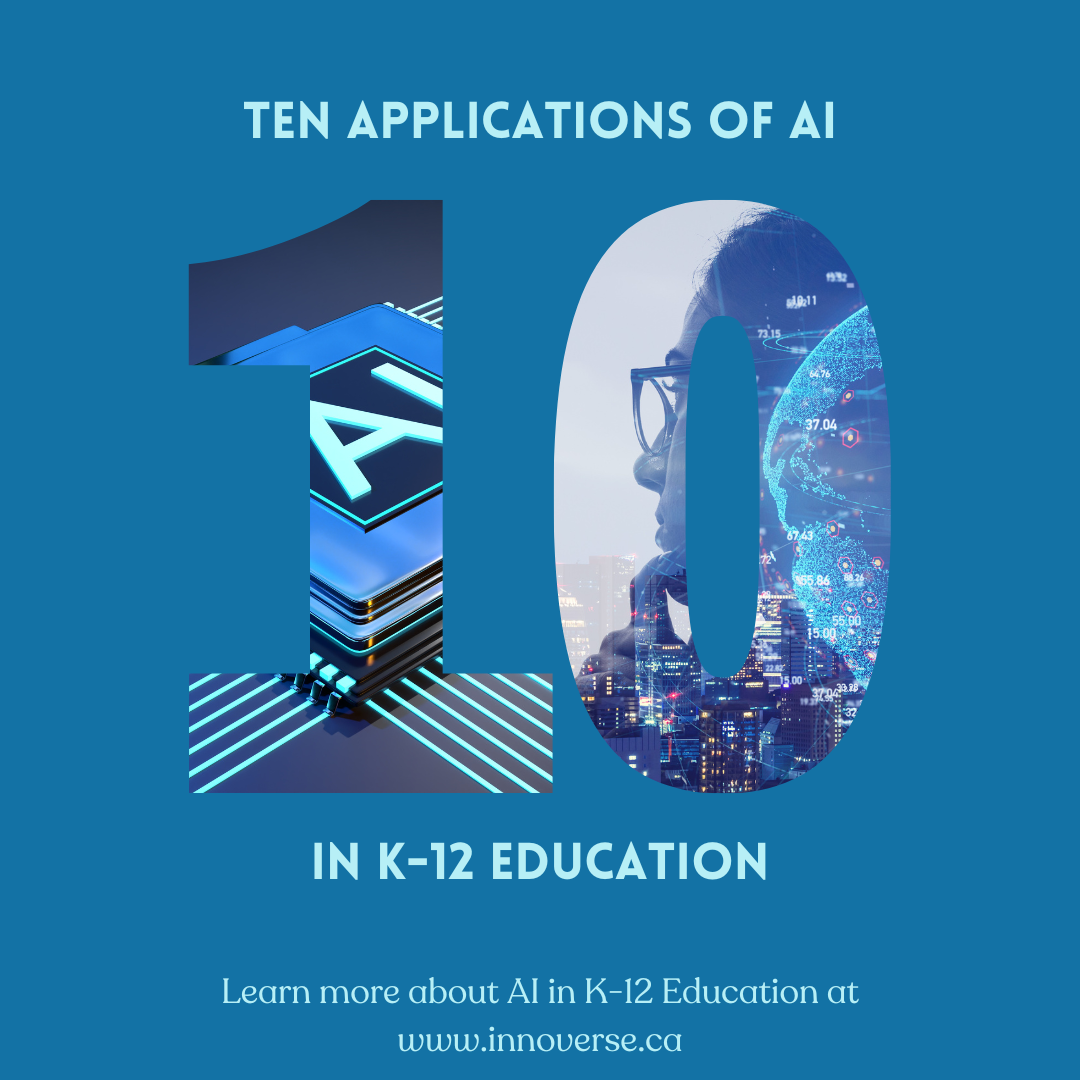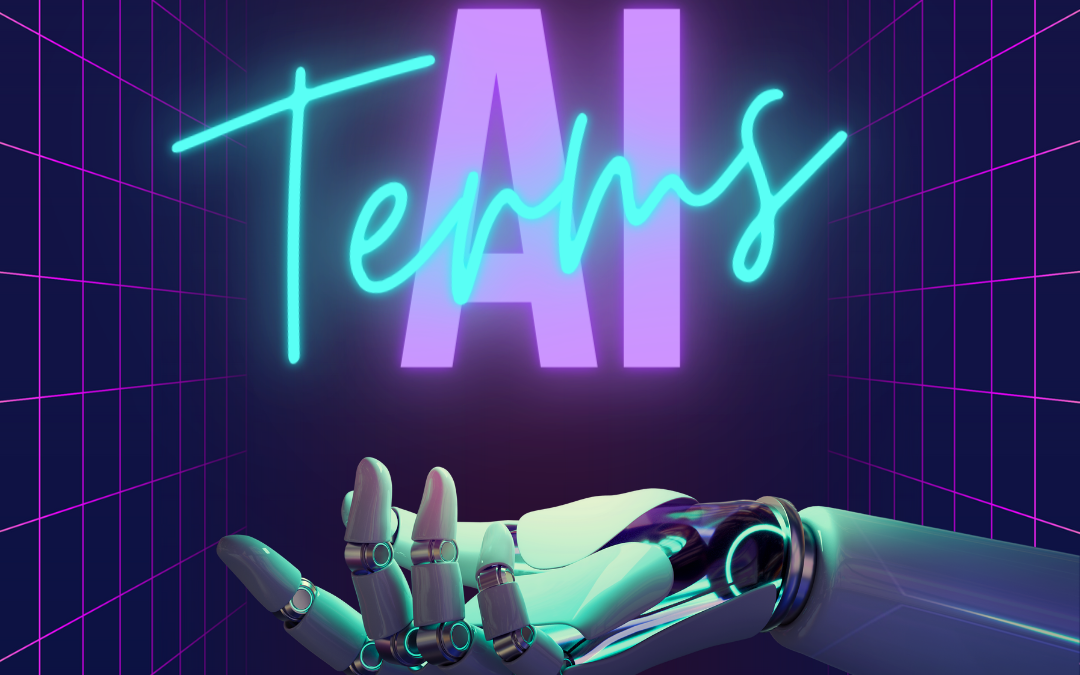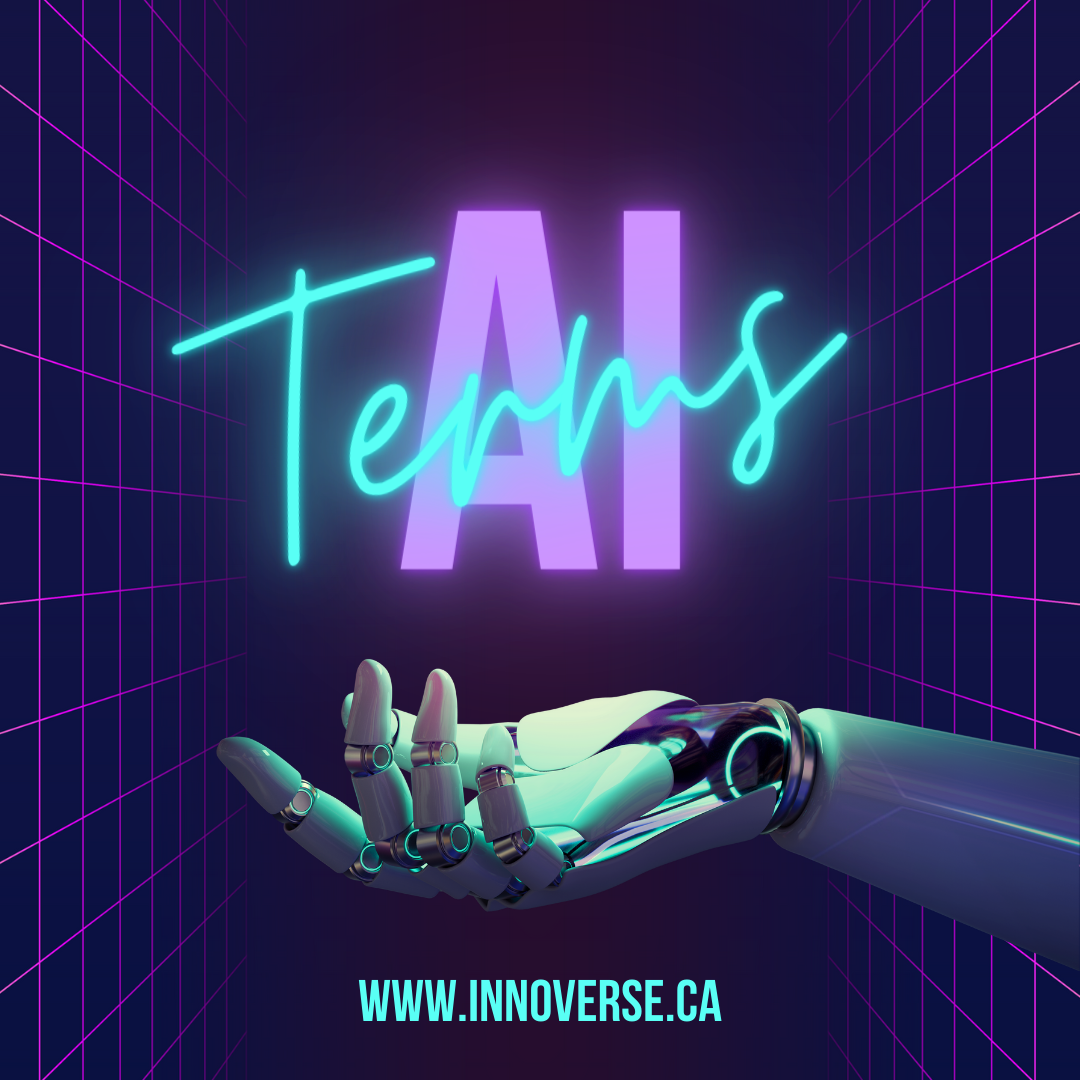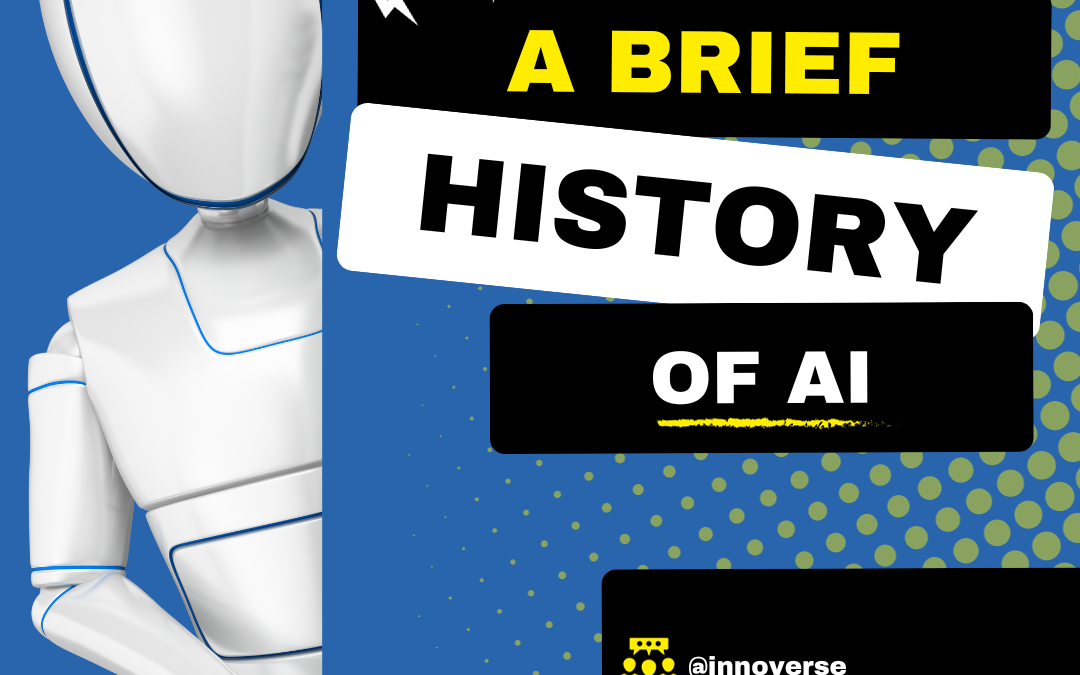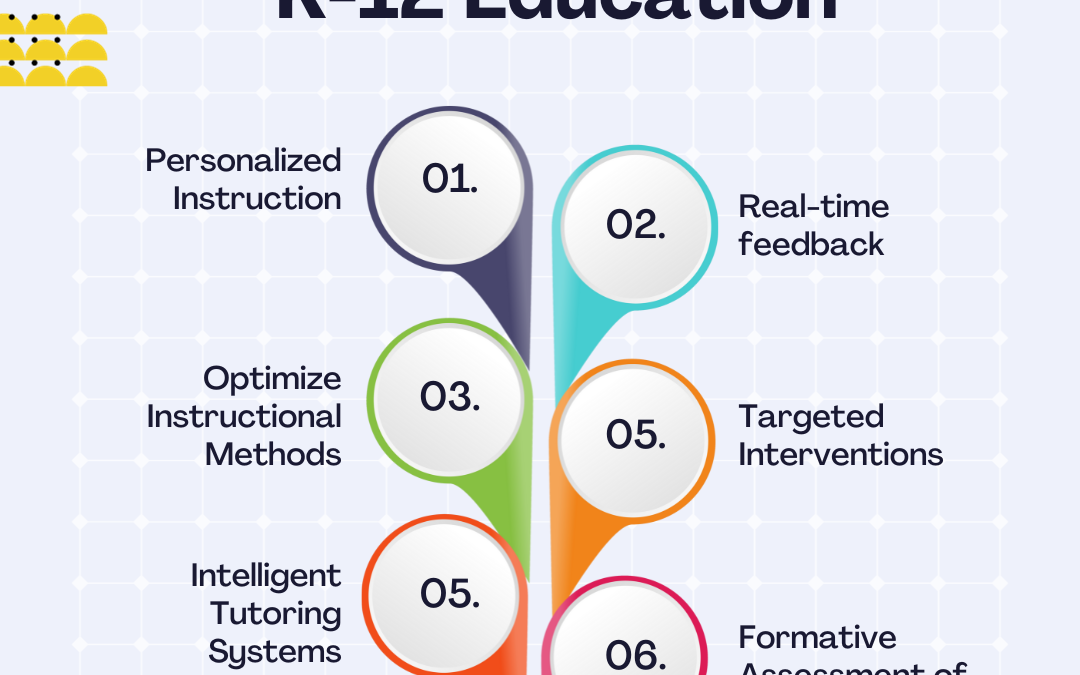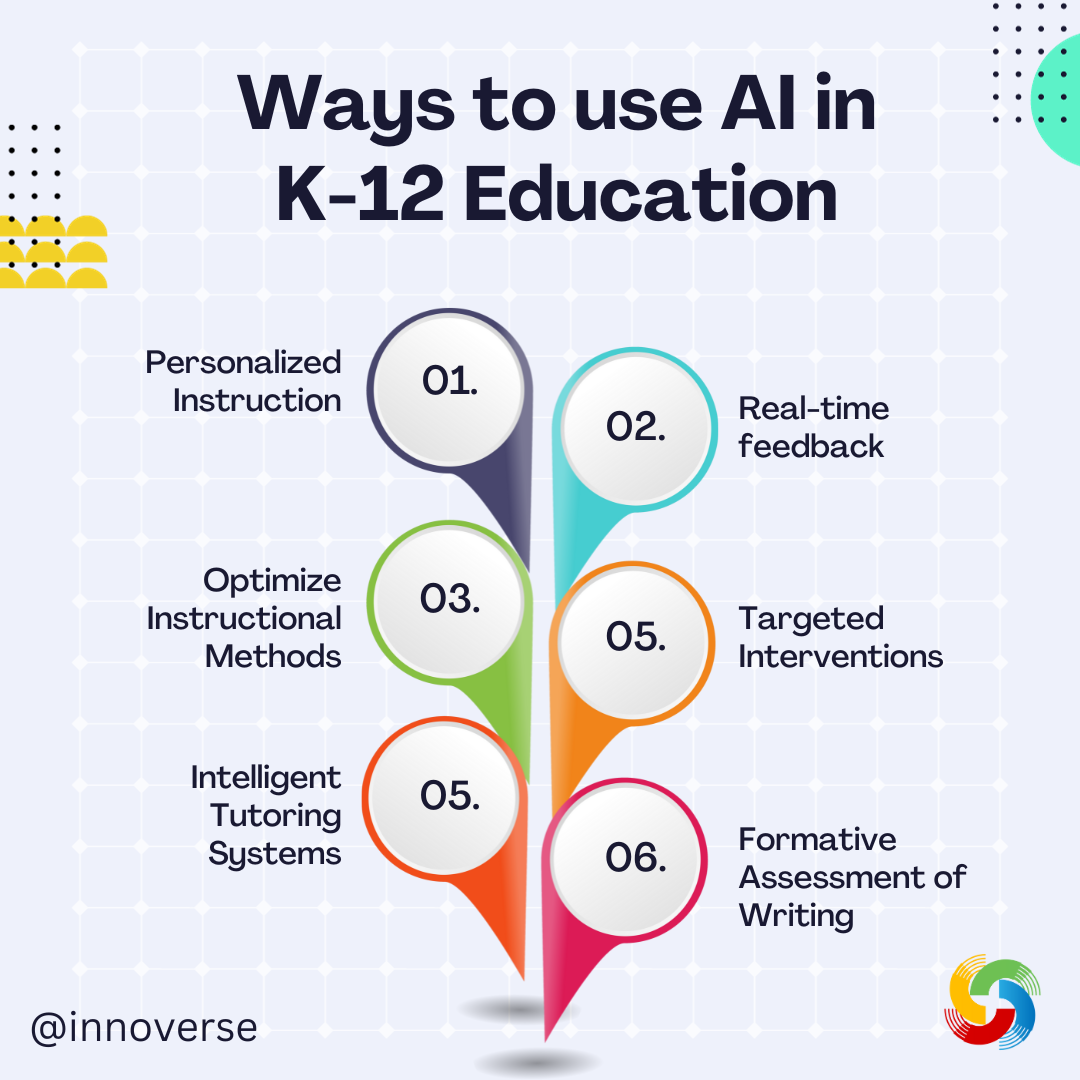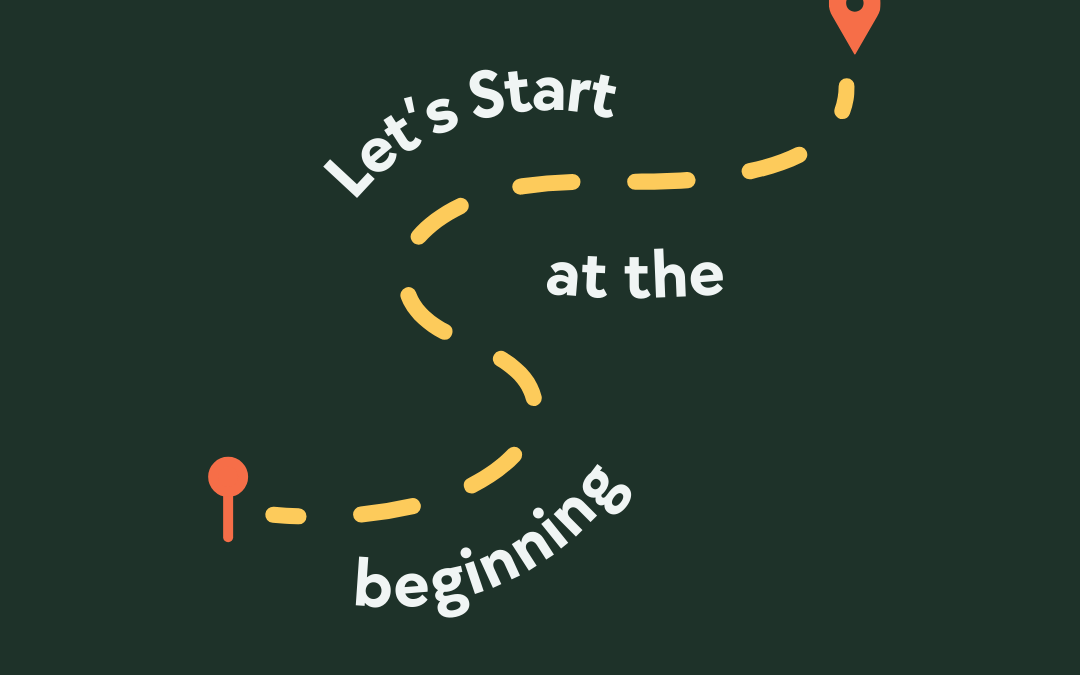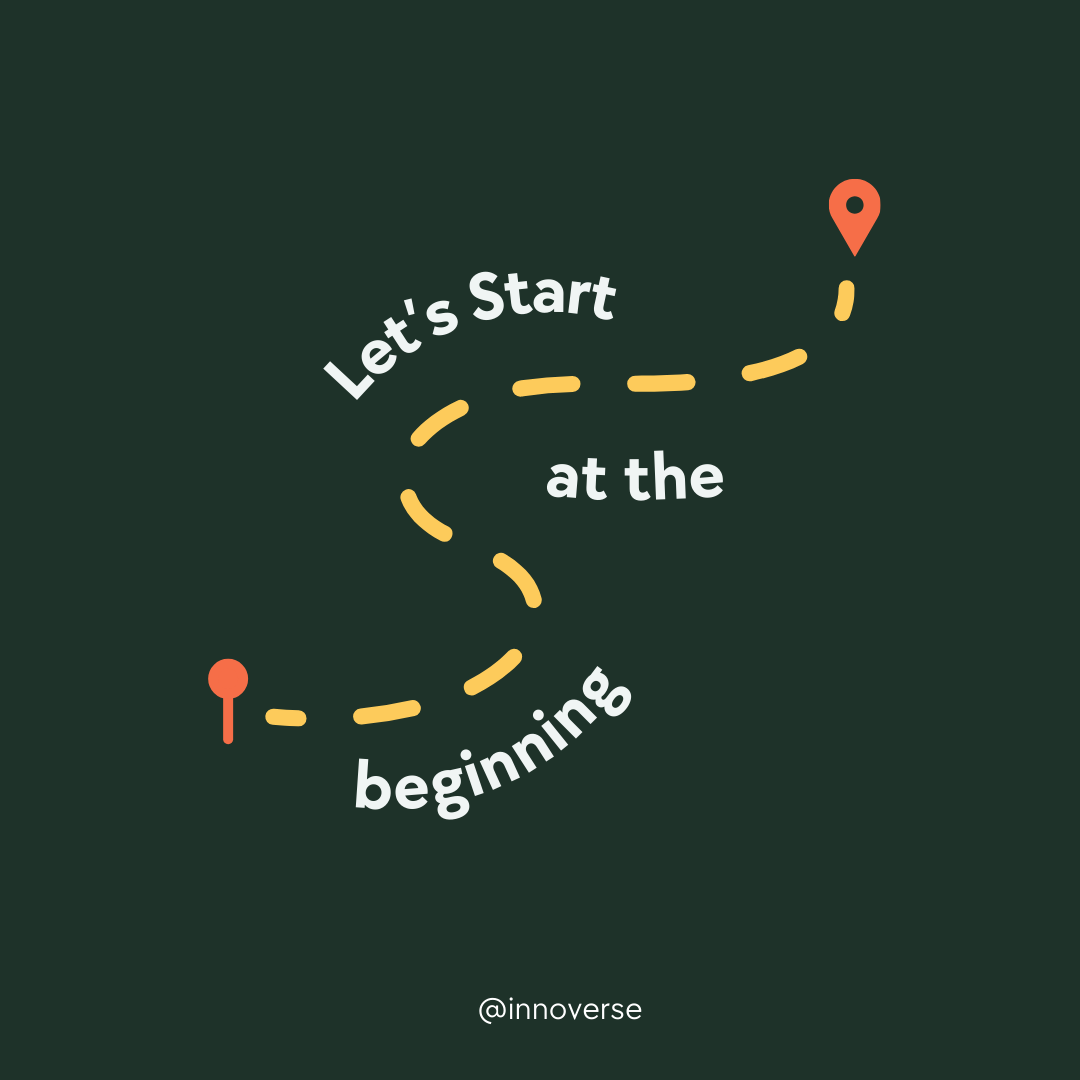AIEd: short for Artificial Intelligence in Education, refers to the integration of artificial intelligence technologies into educational practices. It involves the use of AI-driven tools, algorithms, and systems to enhance and personalize the learning experience for students, streamline administrative tasks for educators, and provide data-driven insights for educational institutions. The application of AI in education (AIEd) has been the subject of research for about 30 years (Zawacki-Richter, 2019, p. 2).
Aigiarism: related to the concept of plagiarism, which refers to the practice of using someone else’s work or ideas without proper attribution or permission, aigiarism refers to using content entirely generated by artificial intelligence without acknowledging or attributing. In reading the literature, I have seen authors list ChgatGPT as a co-author, and I have read articles where the author opted not to formally name ChatGPT as a coauthor, with an explanation as to this choice.
Algorithm: An algorithm is a set of step-by-step instructions or rules designed to perform a specific task or solve a particular problem. In the context of computer science and AI, algorithms serve as the foundation for various operations, including data processing, machine learning, and decision-making processes.
Big Data: Big Data refers to large and complex data sets that are challenging to process using traditional data processing applications. It encompasses vast volumes of structured and unstructured data that require advanced analytics and processing techniques to extract valuable insights, patterns, and trends.
ChatBot: an AI-powered computer program designed to simulate human conversation and interact with users via text or speech. The term “Chatbot” stems from “Chatter bot” coined by Michael Loren Mauldin for programs capable of text-based conversations with users (Chen et al. 2023, p. 162). Chatbots utilize natural language processing and machine learning algorithms to understand user queries, provide relevant information, and engage in meaningful conversations.
ChatGPT: ChatGPT is a Natural Language Processing (NLP) model developed by OpenAI that uses a large dataset to generate text responses to student queries, feedback, and prompts (Fuchs, 2023, p. 1). Tlili (2023) noted that ChatGPT is a conversational artificial intelligence interface which interacts in a realistic way and even answers “follow up questions, admits its mistakes, challenges incorrect premises, and rejects inappropriate requests” (Open AI, 2023)
Deep Learning: a subset of machine learning that utilizes artificial neural networks to process and analyze complex data. It involves the use of multiple layers of algorithms to extract high-level features from raw data, enabling machines to perform tasks such as image recognition, natural language understanding, and decision-making. The ability of computers to simulate what the brain does is called deep learning (Maboloc, 2023, p. 1)
Generative Artificial Intelligence: Generative Artificial Intelligence refers to AI systems capable of creating original content. GenAI models use advanced algorithms to learn patterns and generate new content such as text, images, sounds, videos and code (Chan & Hu, 2023, p. 1). These systems use advanced algorithms, often based on deep learning models, to generate new data based on patterns and examples from existing datasets and they closely resemble human-generated content.
GPT: GPT stands for Generative Pre-trained Transformer, which is a type of deep learning model known for its ability to generate human-like text based on given prompts. GPT is a language model developed by OpenAI that is capable of producing response text that is nearly indistinguishable from natural human language (Lund & Wang, 2023, p. 26). GPT models are based on transformer architectures and have been widely used for various natural language processing tasks, including text generation, translation, and summarization.
Large Language Models: Large Language Models refer to advanced AI models designed to process and understand human language on a large scale. A language model is a type of AI model trained to generate text that is similar to human language (Lund & Wang, 2023, p. 26).These models utilize complex algorithms and extensive datasets to perform tasks such as text generation, language translation, and sentiment analysis.
Machine Learning: a branch of AI that focuses on developing algorithms and systems capable of learning from data and making predictions or decisions based on that data. Popenici and Kerr (2017) define machine learning “As a subfield of artificial intelligence that includes software able to recognise patterns, make predictions, and apply newly discovered patterns to situations that were not included or covered by their initial design” It involves the use of statistical techniques and iterative learning processes to enable machines to improve their performance over time.
Multimodal Models: Multimodal Models are AI systems that can process and interpret multiple types of data, such as text, images, and audio, simultaneously. These models integrate information from various modalities to gain a comprehensive understanding of the data and enable more sophisticated analysis and decision-making. Multimodal models (GPT-4) may produce voice and video explanations and tag images (Rahaman et al., 2023, p. 2).
Natural Language Processing Models: NLP Models are AI systems specifically designed to understand, interpret, and generate human language. These models use algorithms and linguistic rules to process and analyze text or speech data, enabling tasks such as language translation, sentiment analysis, and text summarization. Natural Language Processing (NLP) models have been in development since the 1950s (Jones, 1994), but it was not until the past decade that they gained significant attention and advancement, particularly with the development of deep learning techniques and large datasets (Fuchs, 2023, p. 1).
Neural Systems: Neural Systems refer to computational models inspired by the structure and functioning of the human brain’s neural networks. Neural systems mimic the human brain (Maboloc, 2023, p. 1). In the context of AI, neural systems are utilized for tasks such as pattern recognition, decision-making, and learning from data, often implemented through artificial neural networks.
Training Data: Training Data refers to the dataset used to train machine learning models and AI systems. It consists of labeled or unlabeled examples that enable algorithms to learn patterns, make predictions, and improve their performance on specific tasks. If the training data is not adequately diverse or is of low quality, the system might learn incorrect or incomplete patterns, leading to inaccurate responses (Fuchs, 2023, p. 2).
Turing Test: The Turing Test is a measure of a machine’s ability to exhibit intelligent behavior that is indistinguishable from that of a human. Proposed by Alan Turing in 1950 who described the existence of intelligent reasoning and thinking that could go into intelligent machines (Crompton & Burke, 2023, p. 2), the test involves a human evaluator engaging in a natural language conversation with both a machine and another human without knowing which is which. If the evaluator cannot reliably distinguish between the machine and the human, the machine is considered to have passed the Turing Test. The Turing Test was proposed as a code of protocol to understand whether a machine can exhibit intelligent behavior equivalent to, or indistinguishable from, that of a human (Tlili et al., 2023, p. 2).

